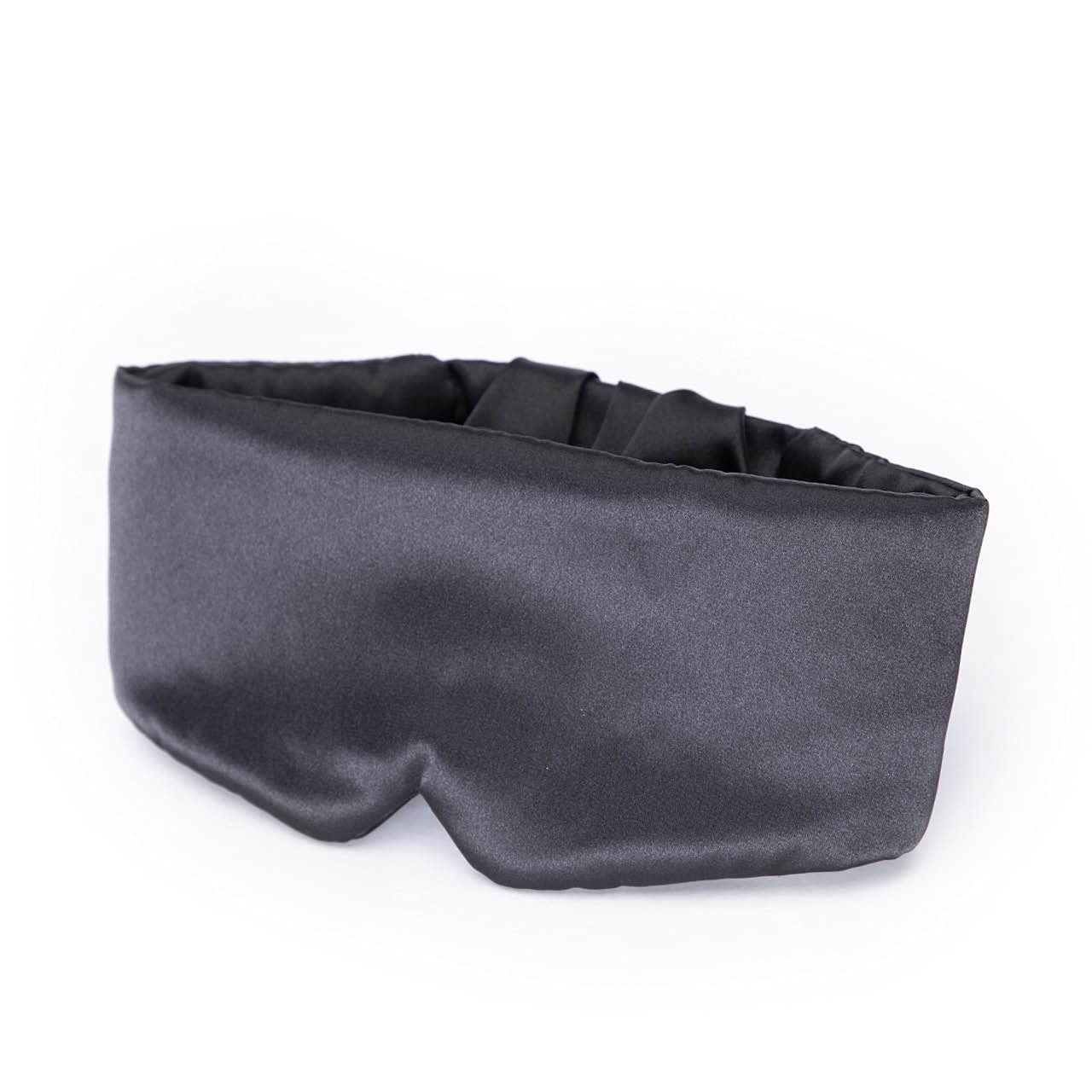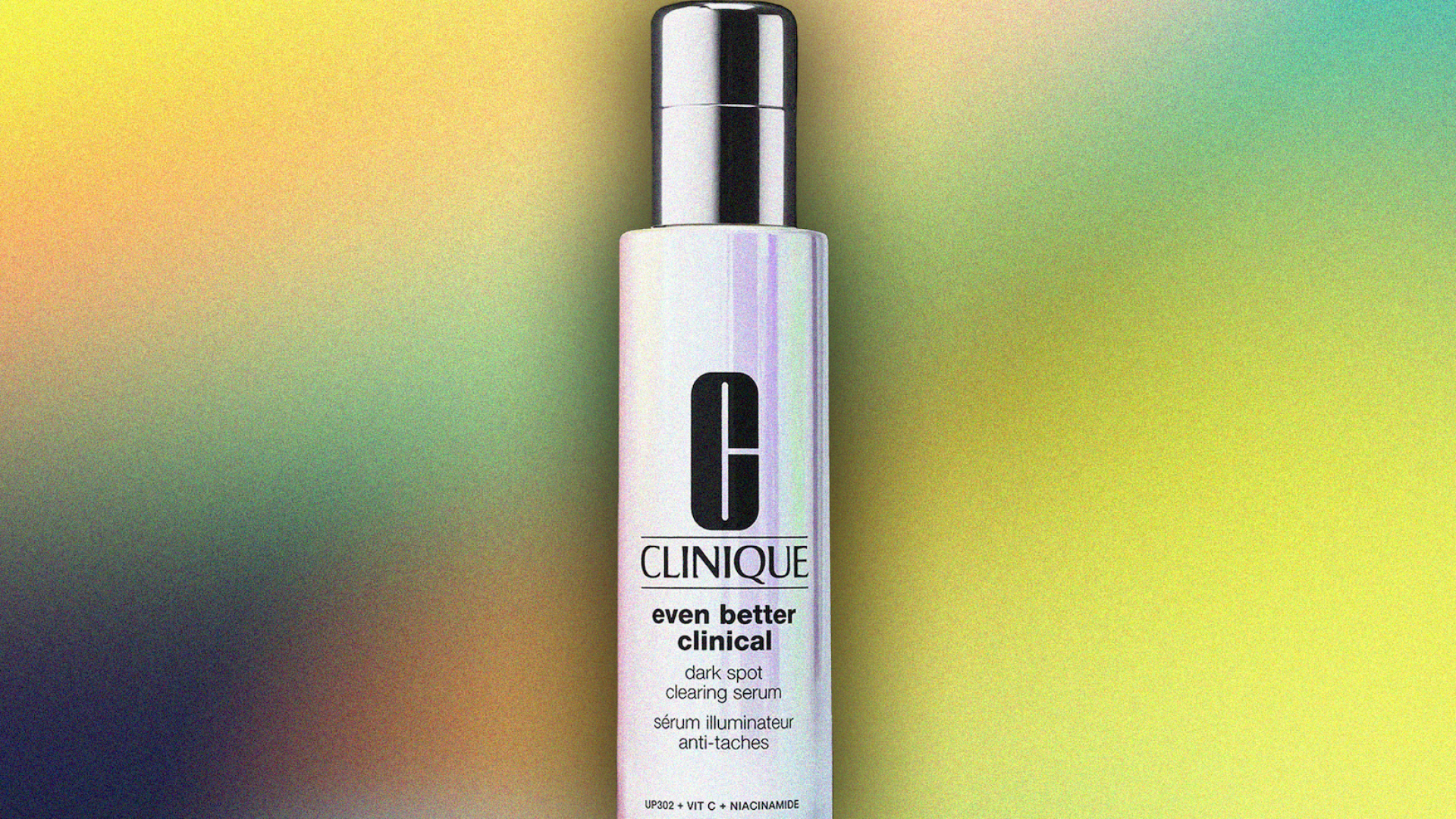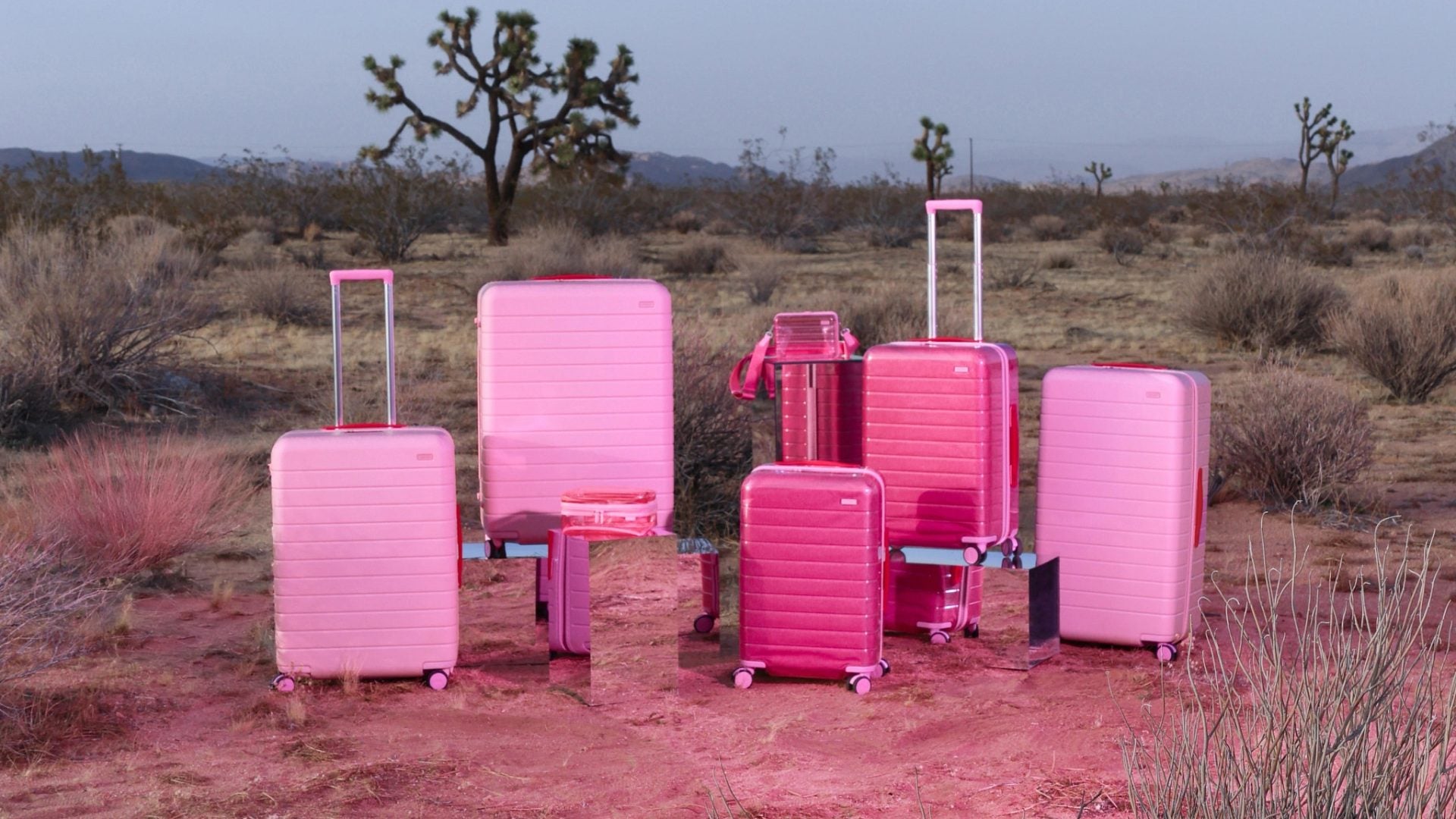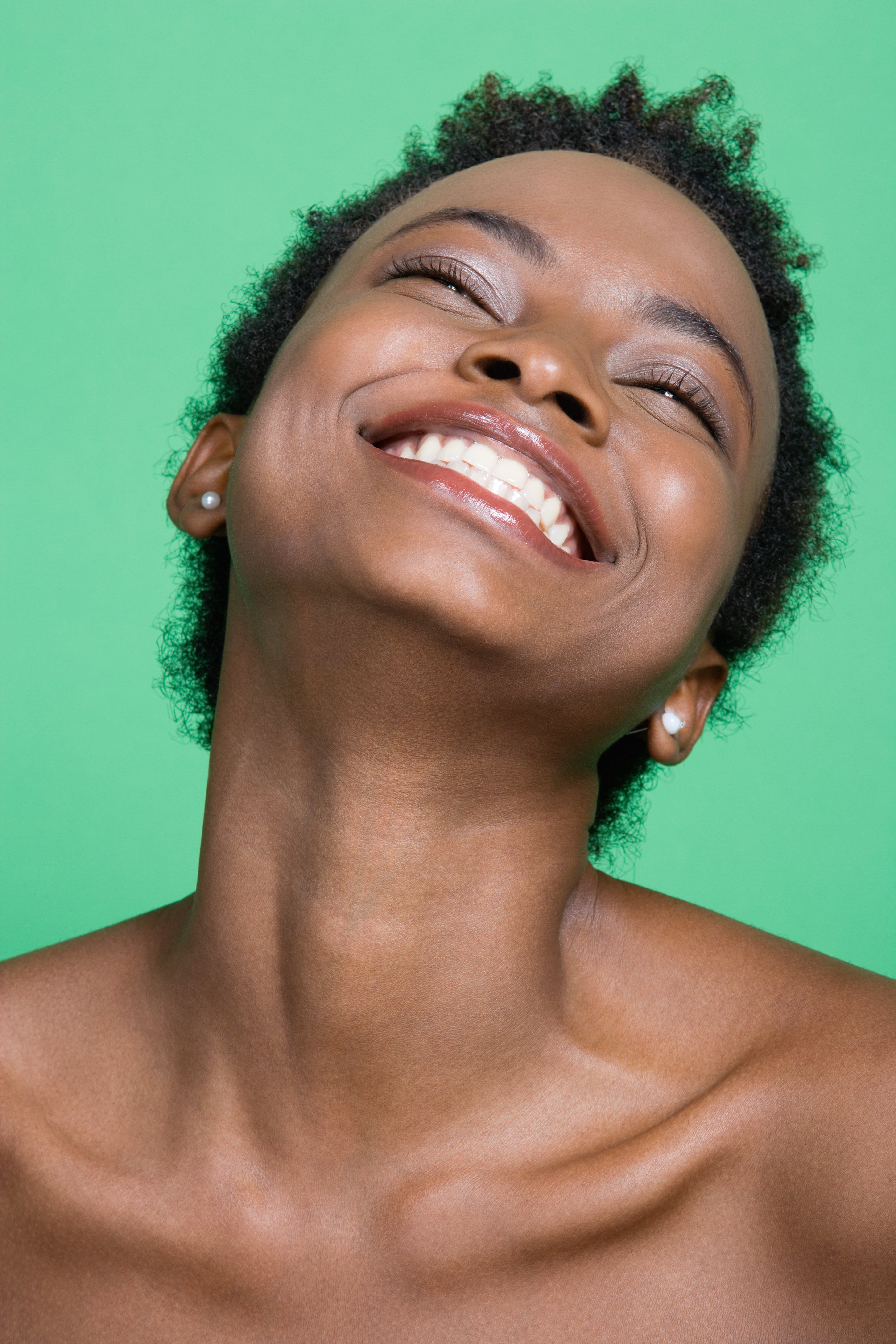
This article originally appeared on InStyle.
As far as we’re concerned, Kate Middleton glows every second of every single day, so it’s hard to know if her luminosity was a sign of Royal Baby #3 on the way. Nevertheless, scrolling through images of the adorable family and the Duchess of Cambridge’s stunningly beautiful maternity moments made us start to wonder if the whole “pregnancy glow” thing is actually real.
Turns out, that gestational radiance isn’t just a myth.
“The glow is real!” Dr. Patricia Wexler, a New York City-based dermatologist, tells us. “The facial shine is based on biology. The blood volume in pregnancy increases by 50%, causing the cheeks to take on an attractive blush due to the dilated blood vessels just below the skin’s surface.”
Apart from the flush, Dr. Wexler says the glow is due to an increase in estrogen and progesterone causing an additional secretion of oil. This results in what she says is a “waxy sheen.” In fact, skin overall can get better during the pregnancy term.
However, that’s not to say that pregnancy can’t crop up annoying skin issues, too. “Many women experience acne during the first two trimesters of pregnancy, due to increase in androgen and production of more sebum,” explains Dr. Wexler. “This can clog pores and lead to bacteria, inflammation, and breakouts.” For some, because birth control pills are no longer being taken or acne medications need to be stopped, temporary flair-ups can occur.

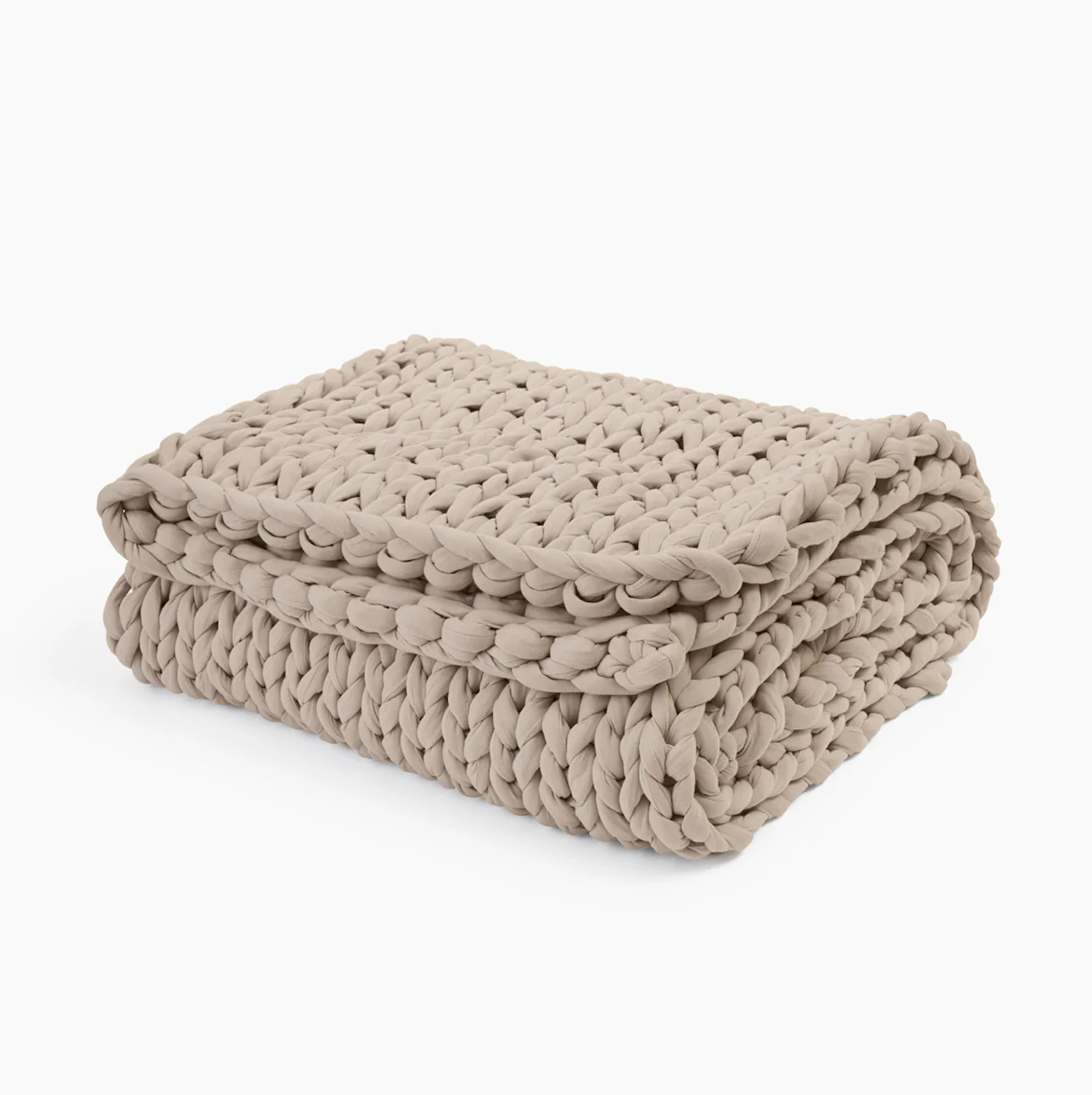

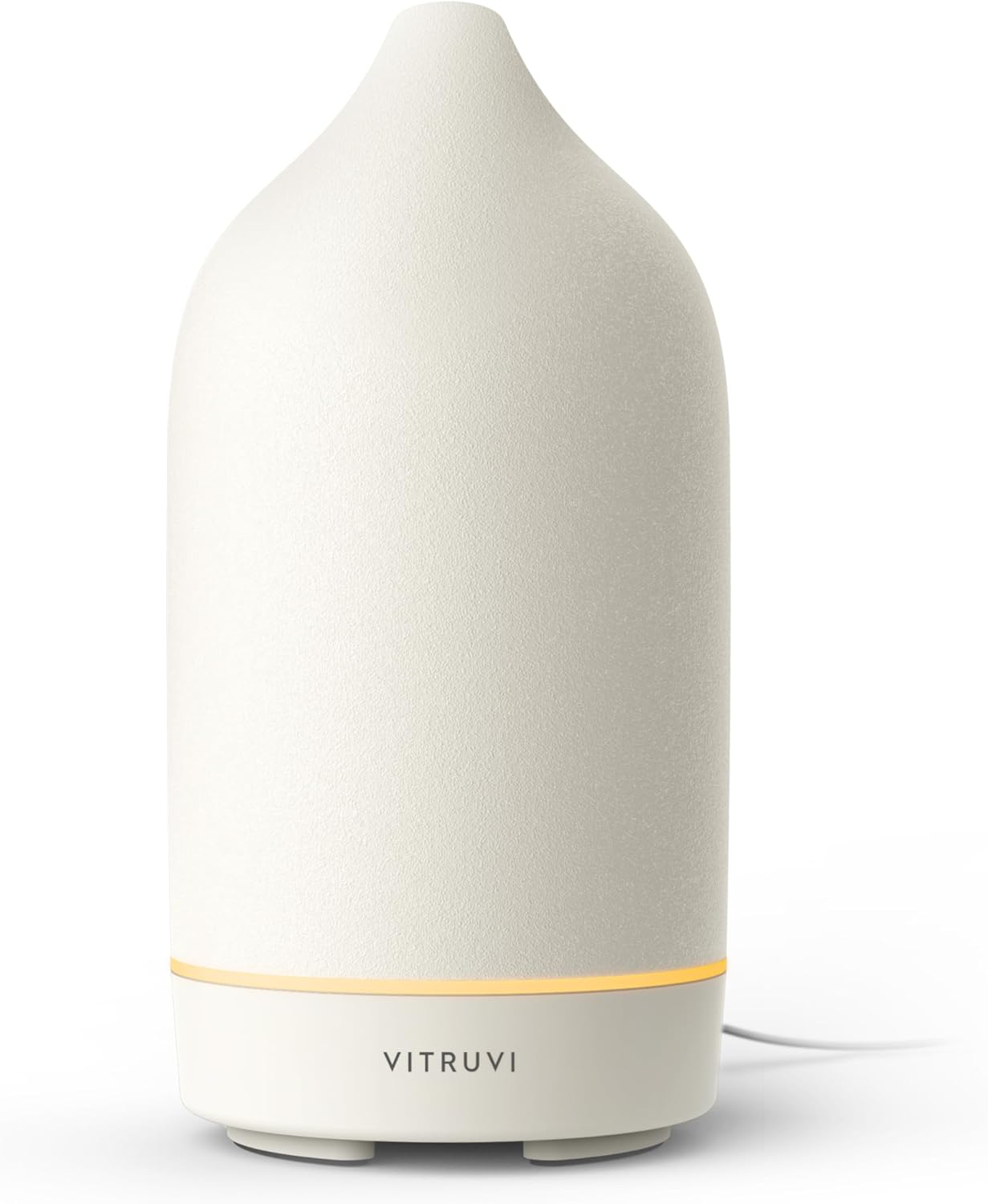

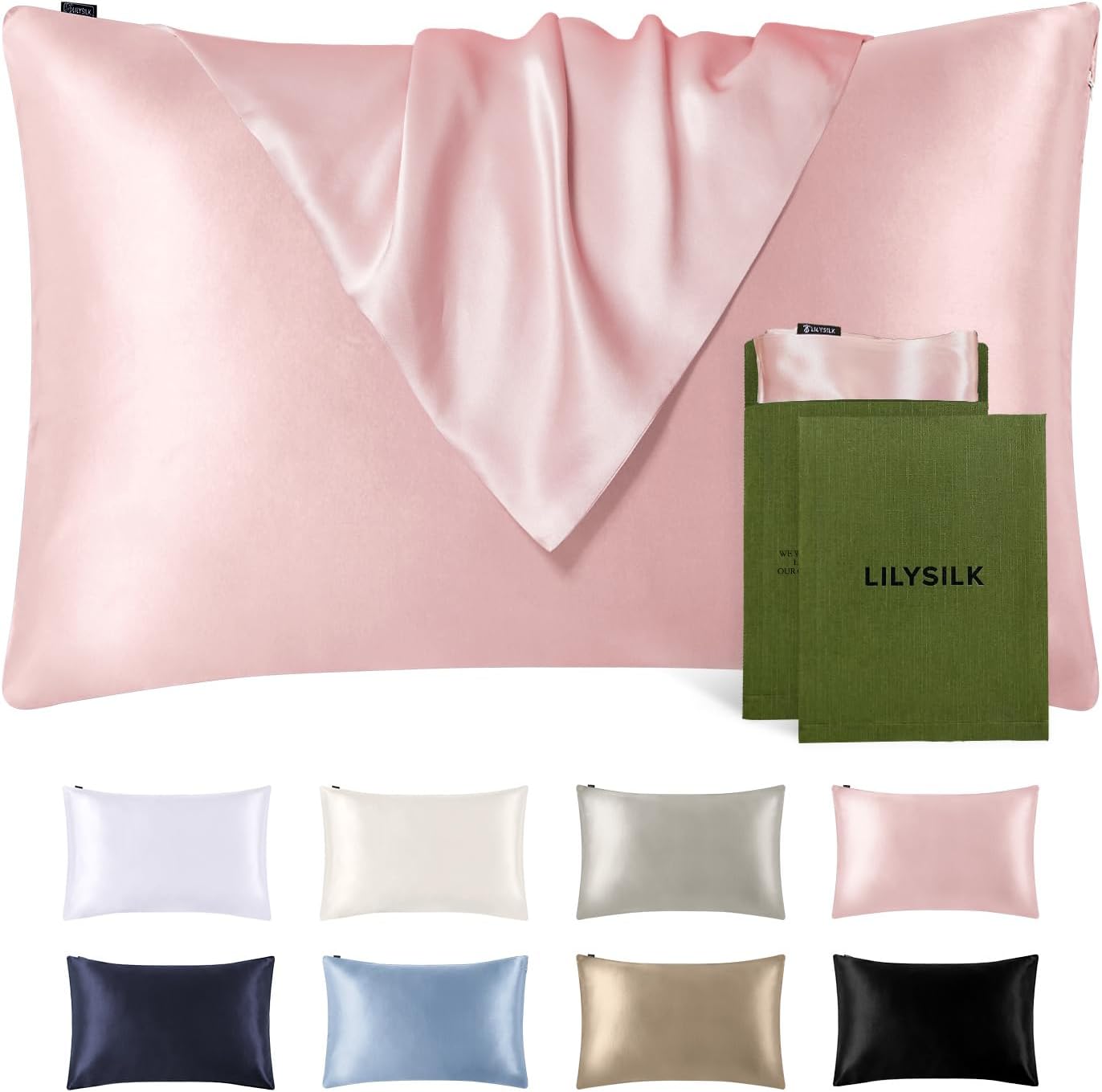

“The general rule is, if you are prone to acne, most likely it will continue or worsen during the hormonal stresses,” she adds.
There’s also the possibility that pregnant women can experience fluid retention, redness due to dilated blood vessels, or yellowish-brown patches called “chloasma” on the skin due to hormonal changes.
“This can appear anywhere on your face, but is most commonly seen on the forehead, upper cheeks, nose and chin,” explains Dr. Wexler. “The pregnancy hormones estrogen and progesterone stimulate melanin cells in the skin to produce more pigment, yet this is not uniformly done, and your skin may develop what looks like a blotchy tan. Brunettes and darker-skinned women may develop darkened circles resembling eyeshadow around their eyes.”
